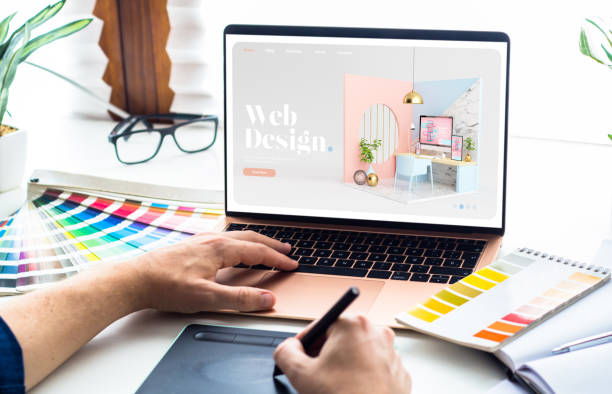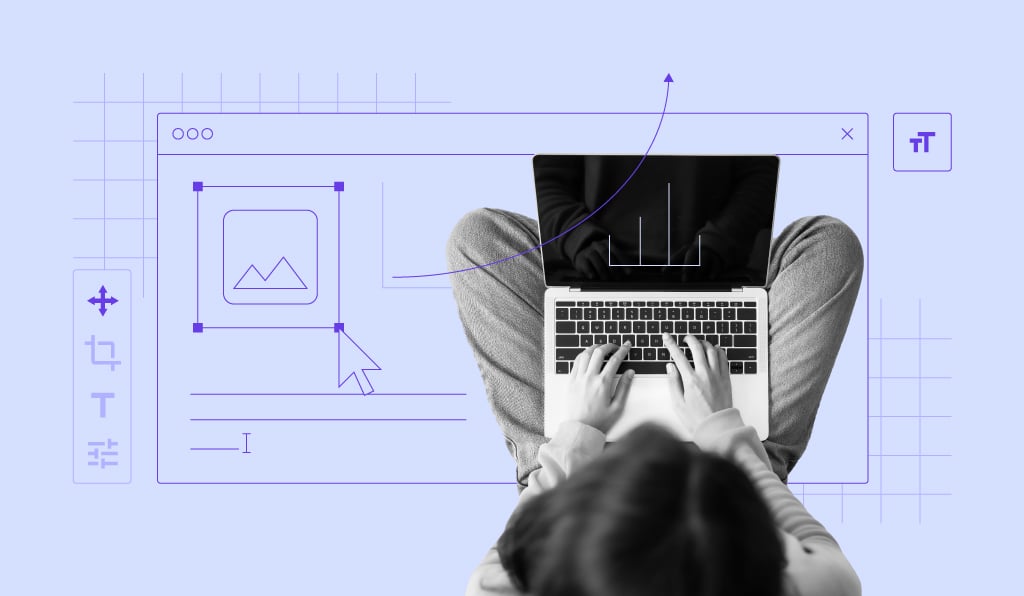The Ultimate Guide to Building a Powerful Website Design
The Ultimate Guide to Building a Powerful Website Design
Blog Article
The Ultimate Overview to Modern Internet Site Style Trends
In the ever-evolving digital landscape, modern site layout patterns play an important function in forming individual experience and engagement. From the rise of minimalist design concepts that prioritize simpleness to the influence of vibrant typography in defining brand name identification, each component adds to a cohesive on the internet presence.
Minimalist Design Concepts
Minimalist style concepts stress the concept that less is much more, advocating for simplicity and performance in visual communication. This strategy strips away unneeded aspects, focusing instead on essential parts that convey the desired message properly. By prioritizing quality, minimal layout improves customer experience, permitting site visitors to navigate web sites effortlessly.
Core tenets of minimal layout consist of making use of sufficient white area, which produces a sense of equilibrium and company. This unfavorable space not just guides the visitor's focus to crucial elements but additionally fosters a relaxing visual atmosphere. Additionally, a limited shade combination is usually used, using soft colors or single plans to keep visual cohesion and prevent frustrating the customer.
Typography plays an important role in minimal layout, where legible font styles are selected for their simpleness and effectiveness in communicating material. Ultimately, minimal layout principles grow a concentrated atmosphere that urges customers to engage with the content, enhancing the total performance of modern-day site style.
Strong Typography Choices
Accepting vibrant typography choices has actually become a defining characteristic of contemporary internet site style, as it successfully records attention and conveys solid messaging. Designers are increasingly using typography not just as a functional element but as a vital visual element that improves the overall visual and customer experience.

Additionally, the association of vibrant typography with minimal design concepts enables striking contrasts, enhancing readability while keeping visual allure. The use of whitespace around vibrant message better stresses its value, ensuring that the message reverberates with the audience.
As digital landscapes become extra affordable, leveraging vibrant typography allows brand names to differentiate themselves and leave a lasting impact. The careful option of typefaces and their application can evoke feelings, develop tone, and drive action, making bold typography an important tool in contemporary internet site layout. Ultimately, it is a powerful way to enhance narration and make certain that key messages are not only seen however also felt.
Mobile-first and receptive Layout
Responsive and mobile-first design has become a vital principle in modern-day website development, showing the increasing dependence on smart phones for accessing on-line content. As individual actions changes in the direction of mobile browsing, designers need to focus on producing experiences that adjust seamlessly throughout numerous display sizes and resolutions.
A responsive layout makes sure that a web site immediately readjusts its layout, images, and capability based on the gadget being used. Mobile-first style supporters for developing internet sites initially for smaller displays, consequently scaling click here for more up to larger displays.
Executing receptive and mobile-first principles not only satisfies individual preferences however also lines up with seo (SEARCH ENGINE OPTIMIZATION) methods. Significant online search engine, like Google, focus on mobile-friendly sites in their rankings, making it imperative for organizations to take on these design methods. In an affordable electronic landscape, accepting responsive and mobile-first design is not just an alternative; it is vital for making sure accessibility and engagement with a diverse audience.
Involving Microinteractions
Microinteractions play a critical role in enhancing user engagement and overall web site experience, specifically in the context of responsive and mobile-first style. These subtle design aspects provide prompt feedback to individuals, making interactions much more pleasurable and intuitive. Examples consist of switch animations, notification signals, and filling indicators, which not just guide individuals but also create a feeling of link with the user interface.
Incorporating interesting microinteractions can substantially boost use by reducing cognitive load. When customers receive visual or auditory responses upon doing activities, such as clicking a switch or submitting a form, they really feel extra confident in their selections. This fosters a smoother navigation experience, eventually increasing individual retention.

As site design fads remain to evolve, the significance of microinteractions can not be overemphasized. They serve as the subtle yet effective touchpoints that change ordinary communications into extraordinary experiences, consequently boosting the total efficiency of modern website design.
Sustainable Website Design Practices
Sustainable website design techniques are coming to be progressively essential as the electronic landscape expands and ecological worries rise. Developers and designers are recognizing their duty to produce web sites you could try these out that not just serve individual needs however likewise minimize ecological impact. This technique includes numerous crucial strategies.
First of all, enhancing energy consumption is paramount. Websites need to be created to pack rapidly and effectively, which decreases web server energy use and boosts individual experience. Strategies such as picture compression, lessening HTTP requests, and using modern-day coding techniques contribute substantially to this objective.
Second of all, selecting environment-friendly organizing carriers is essential - website design. Lots of holding firms are currently powered by eco-friendly energy sources, making it possible for sites to operate in a much more lasting fashion. This option mirrors a commitment to reducing carbon footprints
In addition, adopting a minimal style can enhance sustainability. Fewer elements on a original site web page result in less information transfer, which not just speeds up packing times yet likewise saves resources.
Finally, promoting electronic availability makes certain that internet sites reach a broader target market without unneeded bloat, straightening customer experience with environmental obligation. By integrating these sustainable practices, web designers can add positively to both individual interaction and the planet's wellness.
Verdict
In summary, modern site style fads highlight the integration of minimalist concepts, vibrant typography, and responsive design to improve customer experience. Embracing these trends is crucial for creating impactful electronic experiences that resonate with individuals in an increasingly competitive on the internet landscape.
In the ever-evolving digital landscape, contemporary website style trends play a critical function in shaping customer experience and interaction. By prioritizing clarity, minimal design boosts individual experience, enabling site visitors to navigate web sites effortlessly.
Ultimately, minimalist layout principles cultivate a concentrated setting that urges customers to engage with the material, enhancing the overall efficiency of contemporary web site style.Microinteractions play a crucial role in enhancing user interaction and total web site experience, especially in the context of responsive and mobile-first design.In summary, modern website layout trends stress the integration of minimal principles, vibrant typography, and responsive style to boost user experience.
Report this page